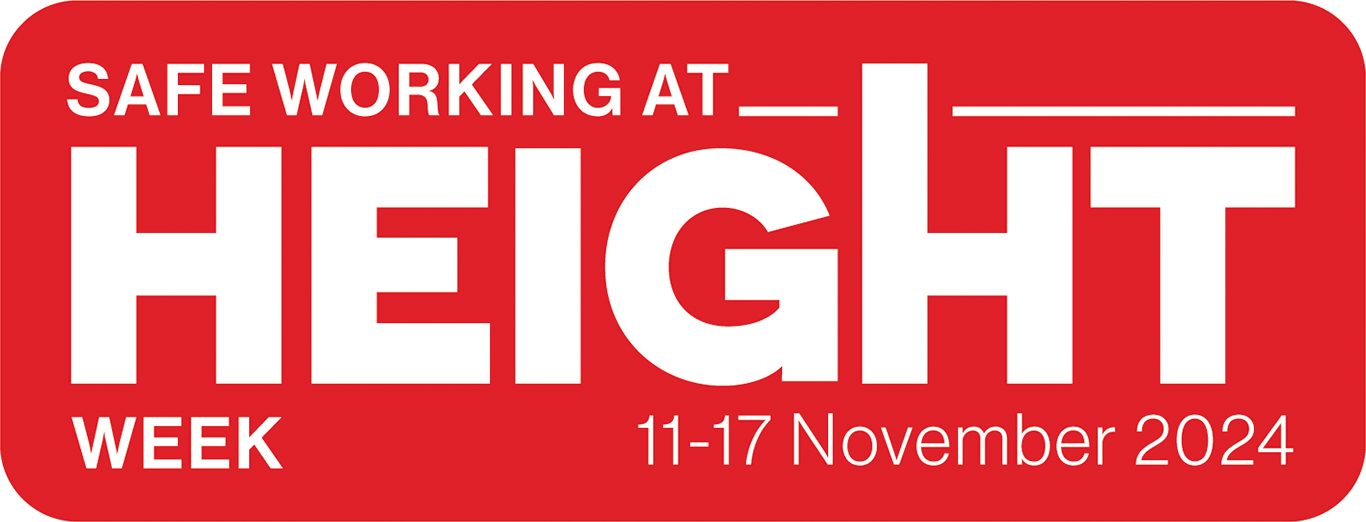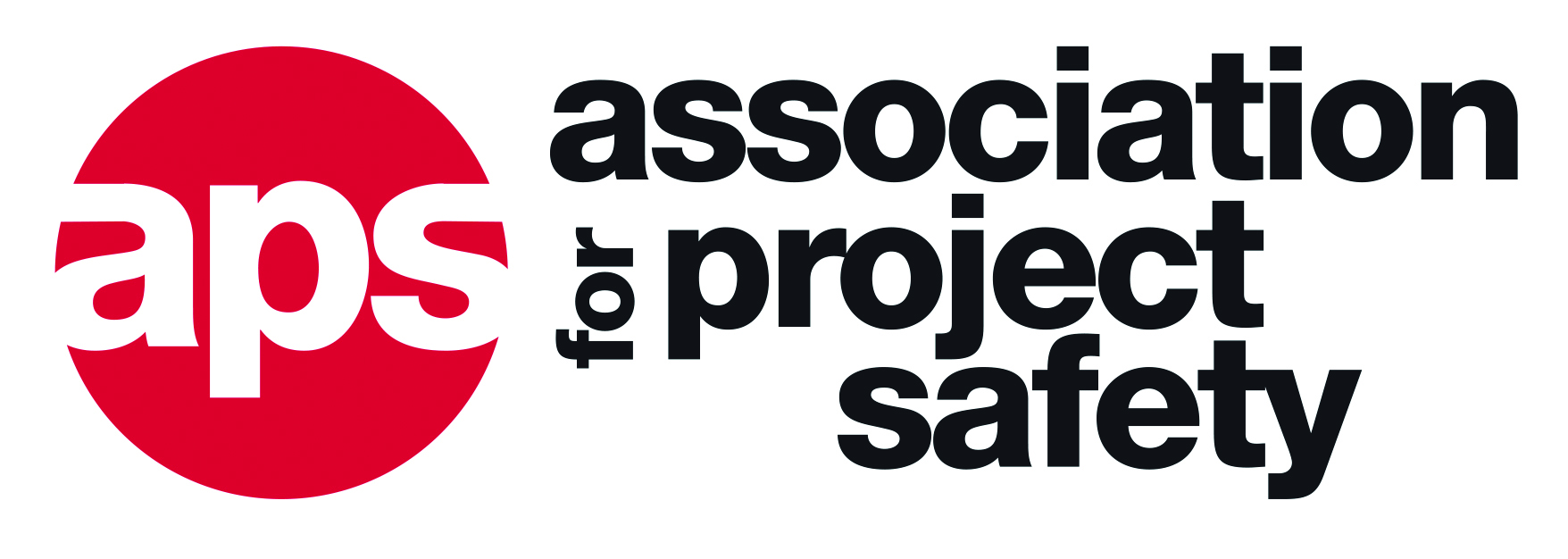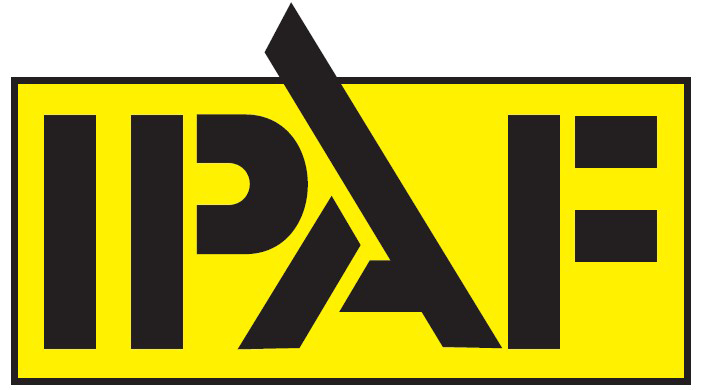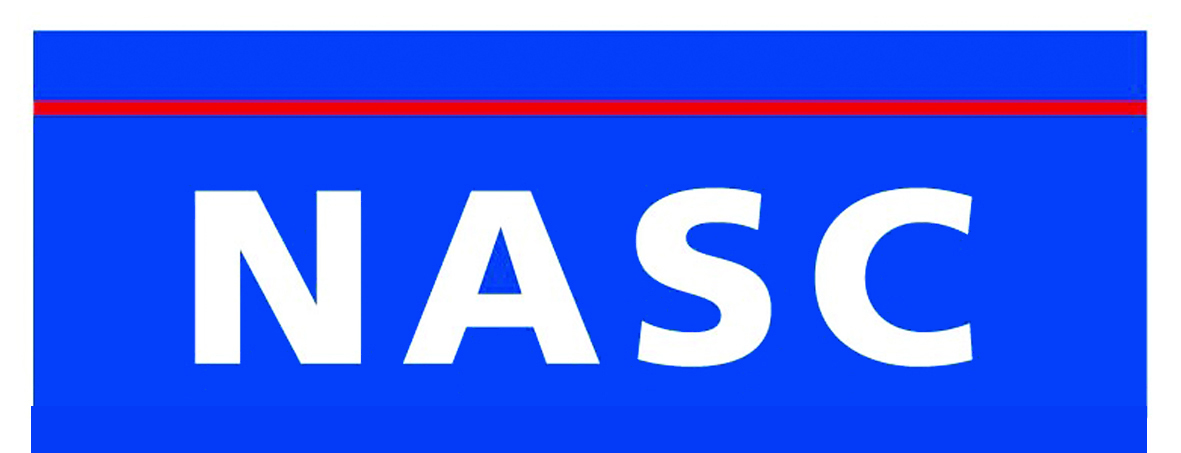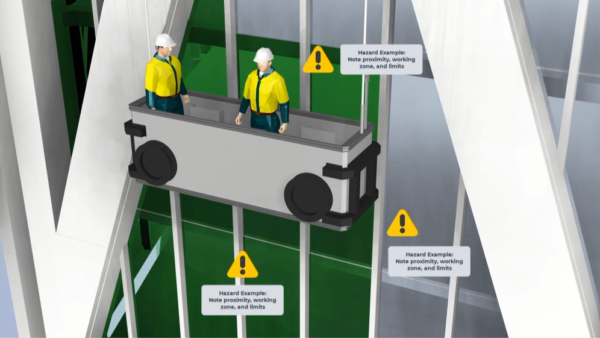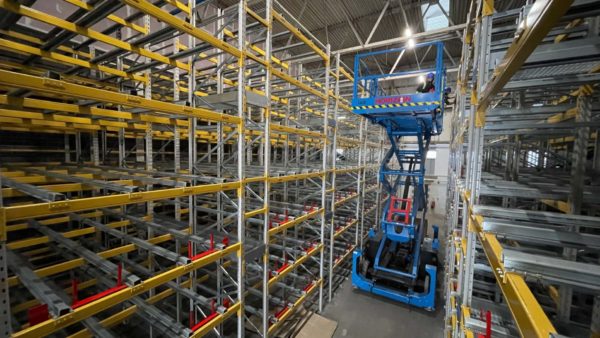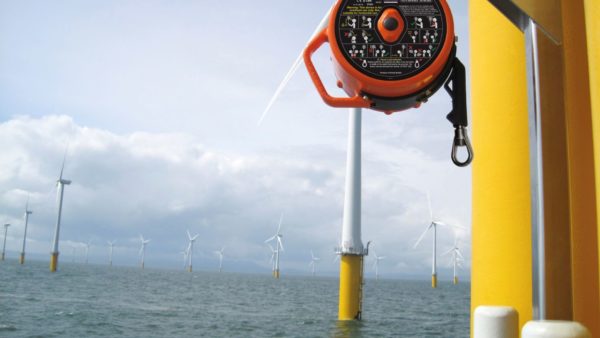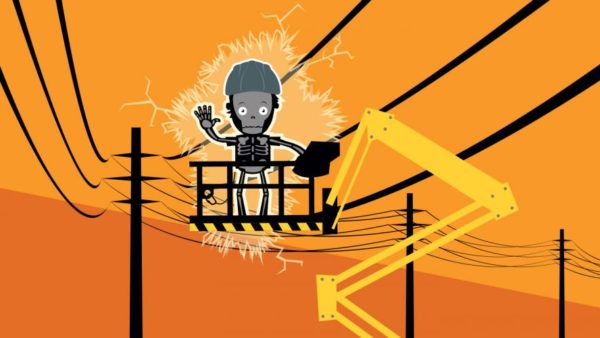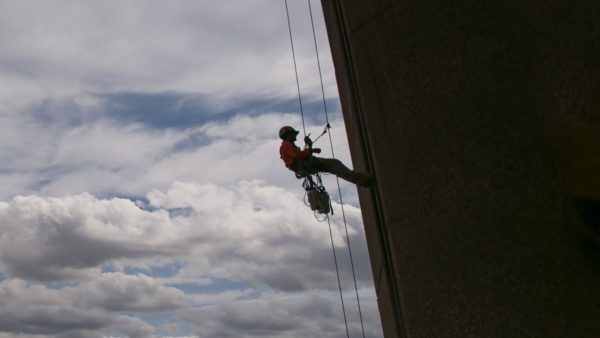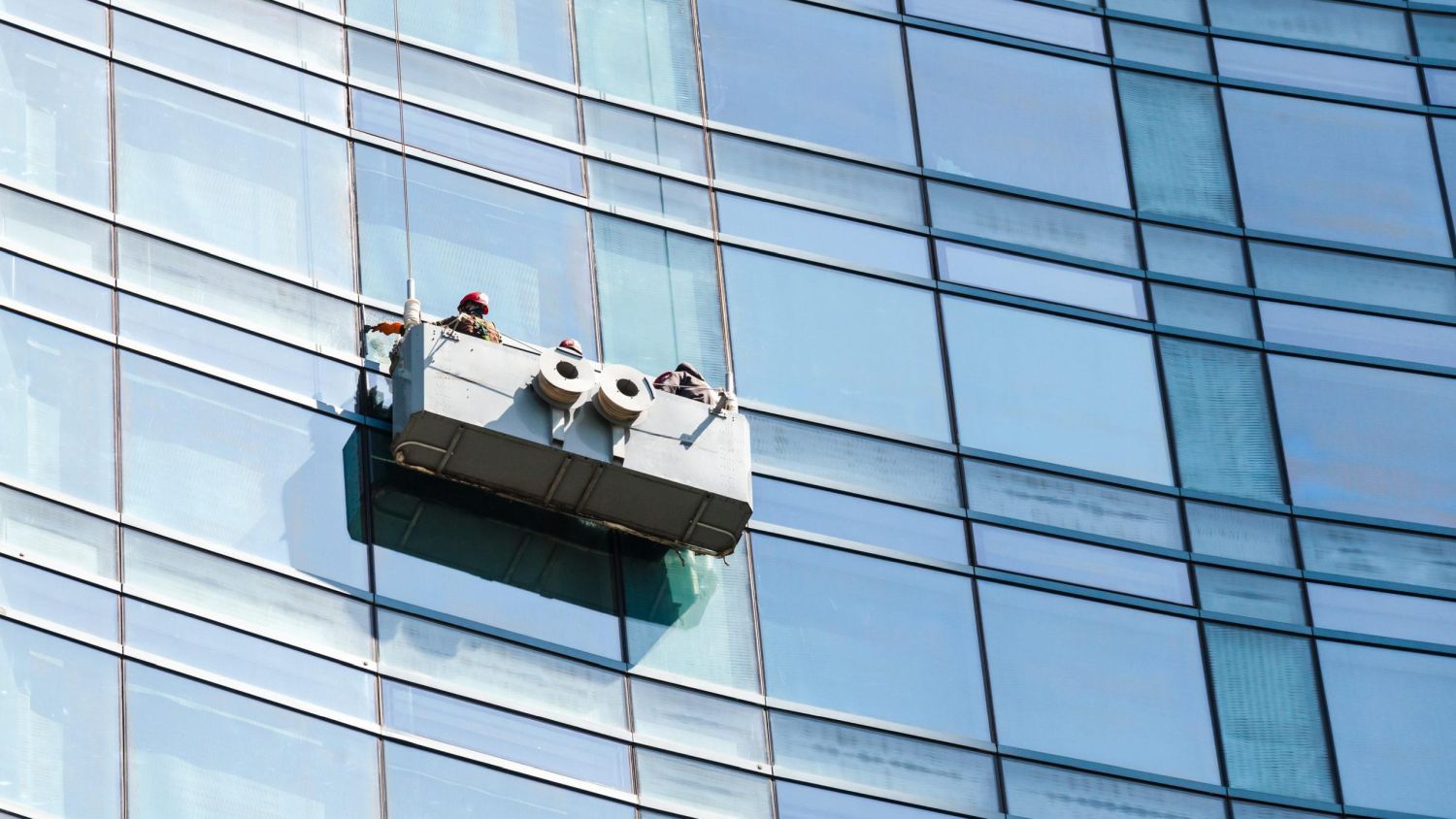
The Specialist Access Engineering and Maintenance Association (SAEMA) offers training for construction workers who regularly work at height. Tony Seddon explains how the training works and how it can contribute to greater safety levels.
Falls from height remain one of the biggest causes of workplace fatalities and major injuries, as reported by the Health and Safety Executive (HSE). Until now, the task of giving operatives the required level of background knowledge and experience was widely variable. That’s why SAEMA User Training is helping to advance the industry with regard to training and worker safety delivered consistently to all users by all member companies.
SAEMA User Training, which was launched at the end of January 2021, is a unique way for those who work at height to be assessed on their technical understanding of the processes and equipment involved.
As a result, a greater number of engineers and operatives can be accredited as safe and competent, contributing to a safer construction industry with fewer workplace accidents.
Part 1
Part 1 of the User Training is a theory test that can be taken remotely, at the user’s convenience. It can be accessed securely on SAEMA’s training website (training.saema.org) via the user’s computer or device.
The theory test course gives users two opportunities to achieve the required results. The user must pass the theory test before they are certified to move to Part 2 – the practical on-site training, which has a standardised syllabus.
Upon passing Part 1 of the test, a certificate is sent to the user as proof of their accreditation. A copy can also be sent to the employer. The user is then also issued with a virtual card which is stored on their smartphone and can be checked by Duty Holders in real time when users arrive on site for Part 2 Training.
Therefore, SAEMA User Training gives Duty Holders gets a method of independently verifying the users competence on their site – both generally in Part 1 and specifically (concerning equipment) in Part 2 both via the virtual card.
Almost 1,000 people have now been issued with a virtual card, signifying they have passed Part 1 of SAEMA User Training.
Part 2
Part 2 – Site Training was launched after a successful trial period. The course content is outlined below.
Unit 1 – General, which includes:
- Arrival on site
- Site-specific hazards
- O&M Manual
- Duty Holder’s Responsibilities
- Emergency, Evacuation and Breakdown Procedures
- Communication
- RAMS Checks
- LOLER Report
- Test Certificate
- PPE Check
- Exclusion Zones
Unit 2 – Safety Checks, which includes:
- Roof Access and Pedestrian Routes
- Weather
- Obstructions
- Exclusion Zones
- Accessing and Egressing Equipment
- Preparation of Equipment
- Signage
- Complete Pre-list Checklist
- Communication Check
Unit 3 – Demonstration of SAE Controls and Functions
Unit 4 – Assessment of Candidate
Unit 5 – Emergency/Evacuation/Breakdown Procedures
Unit 6 – Completion of Works
To find out more, please visit https://www.saema.org/training/
Tony Seddon is managing director of Fall Arrest Safety Equipment Training (FASET) and company secretary of SAEMA.
